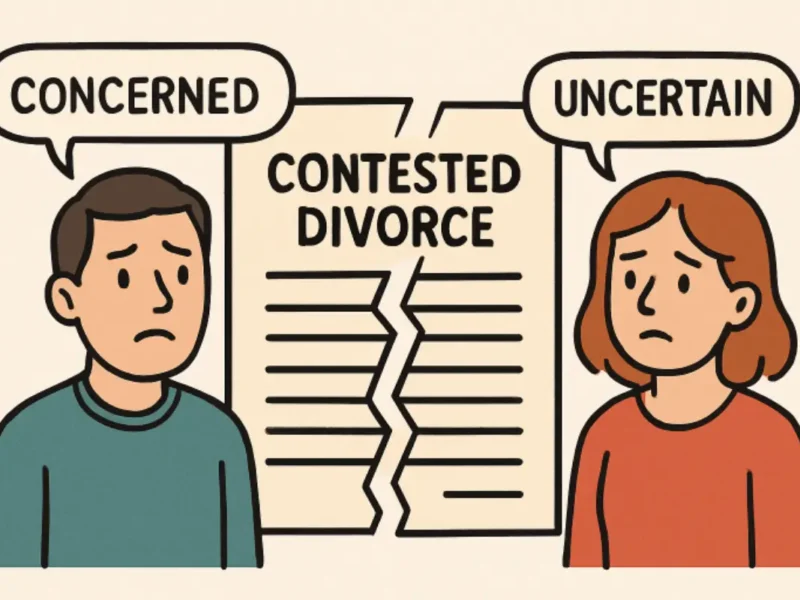As a business owner, it is important that you understand how to protect your company from liability. Liability is the legal responsibility of a company or individual to pay for damages caused by their actions. Therefore, it is essential that you understand the various types of liability and how to minimize your exposure to them.
This guide will provide an introduction to liability, common types of liability, how to minimize your liability, insurance and legal forms and documentation, training and education, and crisis management.
Contents
Introduction to Liability
Liability is a legal term that people use to describe the responsibility of a company or individual for any damages that result from their actions. Additionally, liability can be divided into two categories: criminal liability and civil liability. Criminal liability is when a person is found guilty of a crime and is subject to criminal prosecution. Civil liability is when a person is found liable for damages caused by their actions and is subject to civil litigation.
The most common type of civil liability is negligence. Negligence is when a person or company fails to take reasonable care to avoid causing harm to another person. In the event of a lawsuit, the court will determine whether or not a person or company was negligent. If they are found to be negligent, they may be liable for damages.
In most cases, liability is a result of a breach of contract. A contract is a legally binding agreement between two or more parties. Therefore, if one party fails to fulfill the terms of the contract, the other party may be able to sue for breach of contract.
Common Types of Liability
There are many different types of liability that a company can face. However, most common type of liability is product liability. This type of liability occurs when a company produces a product that is defective or unsafe. In such cases, the company may be liable for any injuries or damages caused by the product.
Another common type of liability is professional liability. This type of liability occurs when a professional fails to perform their duties according to the standards of their profession. Examples of professional liability include medical malpractice, legal malpractice, and accountant malpractice.
Employment practices liability is another type of liability that companies may face. This type of liability occurs when a company is liable for the actions of its employees. Examples of employment practices liability include discrimination, wrongful termination, and sexual harassment.
Liability and Your Business
As a business owner, it is important to understand the various types of liability and how they can affect your business. It is essential that you take steps to minimize your business’s exposure to liability. There are several steps you can take to reduce your risk of liability.
The first step is to ensure that all of your employees are properly trained. It is important that all of your employees understand their duties and responsibilities and that they are aware of the laws and regulations that apply to your business. Having an effective training program in place will help to reduce the risk of liability.
And the second step is to ensure that all of your contracts are written and properly executed. It is important that all of your contracts are clear and concise so that there is no room for misunderstanding. Having a well-written contract will help to ensure that everyone is aware of their rights and obligations under the contract.
The third step is to ensure that you have insured your business. Having the right insurance coverage will help to protect your business in the event of a lawsuit. It is important to consult with an insurance broker to determine the type and amount of coverage that suit your business.
Minimizing Your Liability
In addition to the steps outlined above, there are several other steps you can take to minimize your liability. The first step is to create policies and procedures that outline how your business should be operated. Having clear policies and procedures will help to reduce the risk of liability by ensuring that all employees are aware of the rules and regulations that apply to your business.
The second step is to conduct regular risk assessments. Risk assessments are an important part of any business’s operations and should be conducted on a regular basis. Risk assessments will help you to identify potential areas of risk and will allow you to take steps to mitigate those risks.
Next step is to ensure that all of your employees are properly trained. As mentioned above, having an effective training program in place will help to reduce the risk of liability. It is important to ensure that all of your employees are properly trained on the policies and procedures that apply to your business.
The fourth step is to ensure that all of your contracts are up to date. It is important to review all of your contracts on a regular basis to ensure that they are up to date and that they reflect the current state of your business. Having up-to-date contracts will help to ensure that your business is properly protected in the event of a lawsuit.
Employee Liability
Employee liability is a type of liability that is often overlooked by businesses. It occurs when an employee is liable for their actions. This type of liability can arise from a variety of different situations, such as negligence, discrimination, or wrongful termination.
It is essential that businesses take steps to protect themselves from employee liability. The first step is to ensure that all of your employees are properly trained. As mentioned above, having an effective training program in place will help to reduce the risk of liability.
The second step is to ensure that all of your employment contracts are up to date. It is important to review all of your employment contracts on a regular basis to ensure that they are up to date and that they reflect the current state of your business. Having up-to-date contracts will help to ensure that your business is safe in the event of a lawsuit.
Now you should ensure that all of your employees are aware of their rights and responsibilities. You should make sure that all of your employees are aware of their rights and responsibilities under the law and under your company’s policies and procedures. Having an effective communication system in place will help to ensure that all of your employees are aware of their rights and responsibilities.
The fourth step is to ensure that you have the proper insurance coverage in place. Having the right insurance coverage will help to protect your business in the event of a lawsuit. It is important to consult with an insurance broker to determine the type and amount of coverage that suit your business.
Insurance and Liability
When it comes to protecting your business from liability, insurance is an essential component. Insurance is a form of risk management that helps to protect your business from potential financial loss due to liability. It is important to have the right type and amount of insurance coverage in place to protect your business.
The first step is to determine the type of coverage that suit your business. Depending on the type of business that you operate, you may need different types of coverage. It is important to consult with an insurance broker to determine the type and amount of coverage that suit your business. For restaurant owners, having industry-specific coverage is crucial to safeguard against risks such as customer injuries, food contamination, or property damage. Policies like Iowa Restaurant Insurance as a good example, can provide tailored protection to help ensure the financial stability and longevity of your establishment.
Training and Education
Training and education are essential for protecting your business from liability. Additionally, it is important that all of your employees know about the policies and procedures that apply to your business. Having an effective training program in place will help to reduce the risk of liability.
The first step is to create policies and procedures that outline how your business should run. Additionally, having clear policies and procedures will help to reduce the risk of liability by ensuring that all employees are aware of the rules and regulations that apply to your business.
The second step is to ensure that all of your employees know what they are doing. Keep in mind that it is important to provide training to all of your employees on the policies and procedures that apply to your business. Therefore, having an effective training program in place will help to reduce the risk of liability.
Next, make sure that all of your employees are aware of the laws and regulations that apply to your business. It is important to provide training to all of your employees on the laws and regulations that apply to your business. Therefore, having an effective training program in place will help to reduce the risk of liability.
Conclusion
Securing your company from liability is an essential part of running a successful business. Therefore, it is important to understand the various types of liability and how to minimize your exposure to them. But no worries, this guide has provided an introduction to liability, common types of liability, how to minimize your liability, insurance and legal forms and documentation, training and education, and crisis management. By taking the steps outlined in this guide, you can help to protect your business from liability.



